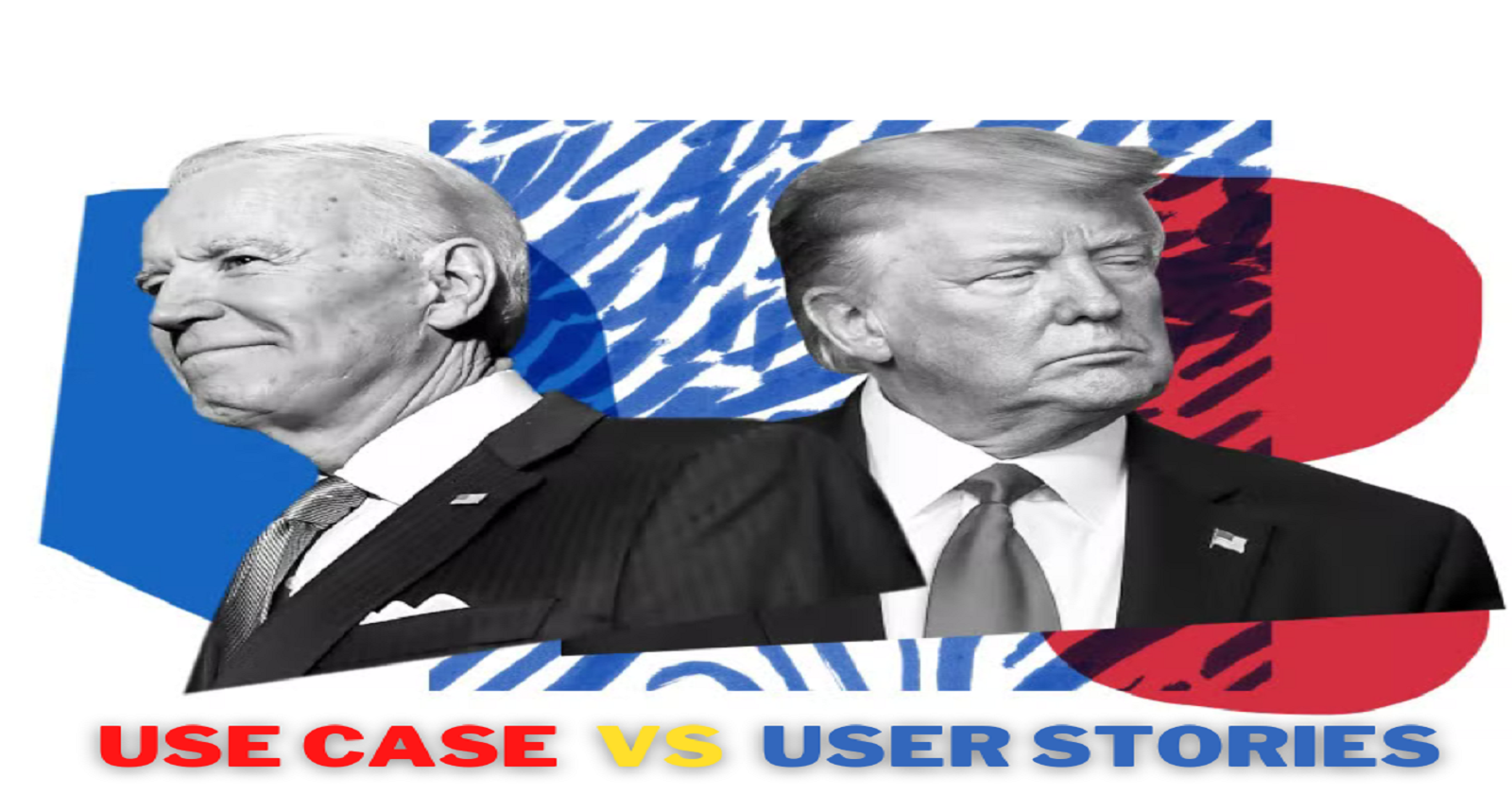Difference between Use Case and User Stories
 Waleed Umar
Waleed Umar
Capturing the right project so is very important for the success of your project. It helps to increase customer satisfaction and bring in more revenue. Moreover, it prevents the loss of time and revenue that would be utilized down the ladder in the development cycle to bring them in accordance with the client.
User stories and use cases are two common tools used in software development and project management. Both help to identify and define the requirements for a particular project, but they differ in their approach and level of detail.
What are User Stories?
User stories are simple, high-level descriptions of a feature or functionality that is desired by a user or customer. They are typically written from the user's perspective and focus on the "what" and "why" of a requirement, rather than the "how" it will be implemented. For example, a user story might be something like "As a frequent traveler, I want to be able to book flights and hotels in the same app so that I can easily plan my trips."
Moreover, they are written in plain and simple language so that they can be easily understood. They are brief and can be easily updated as the project progresses further.
What are Use Cases?
Use cases, on the other hand, are more detailed and technical than user stories. They describe the steps that a user would take to complete a specific task or achieve a specific goal, as well as the expected outcome. A use case also includes information about the actors involved, such as the user, the system, and any other external entities that may interact with the system. For example, a use case for the above user story might include the following steps:
- The user opens the app and chooses the "Book a trip" option.
- The app asks a user to enter their preferred date and destination for the trip
- The app displays the list of available options
- The user selects his preferred option
Difference between User Stories and Use Cases
Following are some of the points that can best help in understanding the difference between the two:
User stories and use cases are both valuable tools for defining and prioritizing the requirements of a project. User stories help to capture the user's perspective and ensure that the project stays focused on their needs, while use cases provide a more detailed and structured approach for defining and documenting the functional requirements of a system.
User stories are typically written in plain language, using the format "As a [type of user], I want [a feature] so that [benefit]." They are brief and easy to understand and can be easily revised or updated as the project progresses. Use cases, on the other hand, are more formal and structured, and typically include a detailed description of the steps that a user would take to complete a specific task, as well as the expected outcome and any potential variations or exceptions.
User stories are often used at the beginning of a project, to help define the overall goals and objectives of the project, and to identify the key features and functionalities that the user wants or needs. They can then be used to create a prioritized list of requirements, known as a product backlog, which can be used to guide the development process. Use cases, on the other hand, are typically created after the user stories have been defined, and are used to specify the detailed behavior of the system. They can be used to validate the user stories, and to help identify potential gaps or inconsistencies in the requirements.
User stories and use cases are complementary tools, and can be used together to provide a more complete and comprehensive view of a project. User stories provide a high-level overview of the user's needs and goals, while use cases provide the details and specifications needed to implement those requirements. By using both tools together, teams can ensure that they have a clear and consistent understanding of the project's requirements and can work together to deliver a successful and high-quality product.
Conclusion
User stories and user stories are a great way to capture your client's expectations from you, your team, and the product. But these two are somewhat similar to the two gentlemen in the cover photo.
Use Cases with an aim to make "Requirement Elicitation Great Again" and to be honest it did remain true to its promise. But the issue it is quite a time-consuming task to write all the user stories especially if it's a long and complex project.
This is where Use Stories came into the picture. They said they would not waste time in taking care of this "broken" system and solve all problems just like one of the gentlemen pictured above. I think you all are smart enough to find out who I am talking about here ;)
This is all for this and if you have any queries or suggestions, do comment below 👇
Subscribe to my newsletter
Read articles from Waleed Umar directly inside your inbox. Subscribe to the newsletter, and don't miss out.
Written by
